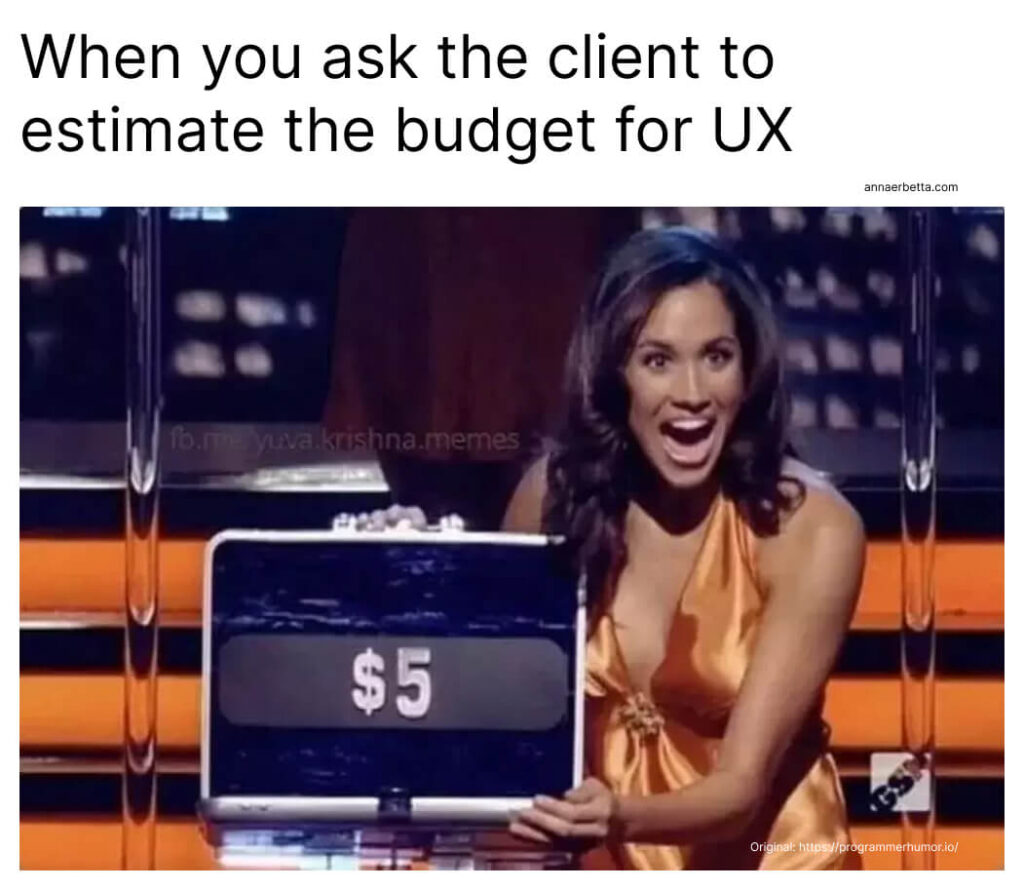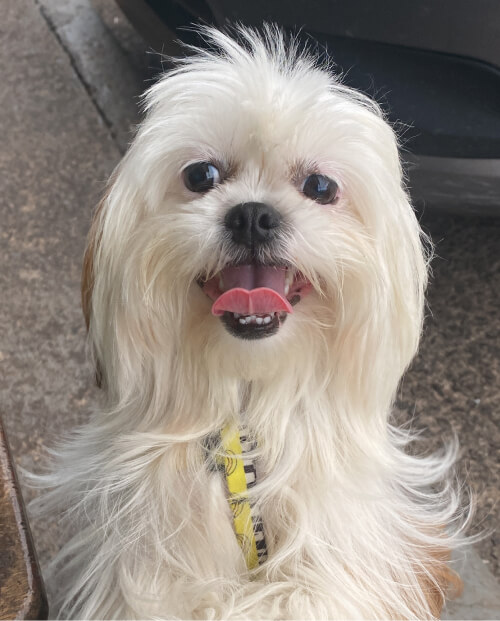In my mentoring sessions for portfolio reviews or interview preparation, I always emphasize a crucial piece of advice: SHOW ME THE STRUGGLE!
In the universe of UX courses and boot camps, we’re introduced to a “magic” sequence of steps to follow. This often leads to the creation of cases with extensive workflows, where the candidate simply narrates the process to the evaluator. In these cases, it’s difficult to assess how the candidate will truly work daily and what their differential is, compared to others. Huge and repetitive in comparison to other candidates: recruiter dozing off alert!

In real life, we rarely manage to execute a complete discovery process.
For example, a client may demand results in just three weeks. In this interval, applying all the steps of the process is impossible. Additionally, persuading the client to follow all these steps can have the opposite effect and decrease their interest in UX. This happens because when faced with the amount of hours necessary for a complete discovery project, the client may be less inclined to invest in UX. This scenario can compromise the buy-in, that is, the client’s willingness to pay for the project, especially if it’s a new project.
In interviews for UX or product design positions, I prioritize understanding how the candidates manage the pressure from clients or internal stakeholders. It’s crucial to discover which steps of the process were simplified and how they adjusted to preserve the delivered value, without compromising quality. I also seek to understand how they organized their time to ensure the project was efficiently executed.

Looking at cases, I’m interested in knowing how candidates dealt with situations where what the client wanted was technically unfeasible, or how they reacted to the need to implement a new urgent feature, interrupting the current flow. These challenging situations reveal a lot about a professional!
This helps me identify professionals who don’t just apply theories, but who have critical thinking, negotiation, and problem-solving skills.
Therefore, when presenting a case, I suggest starting with just a brief introduction to the theory, then mainly focusing on narrating the journey of overcoming challenges and delivering value. Think of it as telling a story to friends at a bar, although with a more professional touch. It’s like sharing an adventure, where obstacles turn into opportunities for creative solutions.

Imagine, for example, a project with a limited budget, which prevents the execution of all the research stages usually recommended (almost all in real life lol). In this scenario, the UX team faces a dilemma: how to deeply understand the user needs and design an effective solution without the full investment in research?
Prioritizing low-cost, but high-impact research methods, such as interviews with key users. Internal interviews. Publicly available competitor analyses. These are some of the possible solutions for these situations.
Build a story highlighting the importance of iteration based on quick feedback from stakeholders, allowing adjustments that refine the final product, even with limited resources.
Thus, the case not only demonstrates the ability to deliver value under budget constraints, but also highlights the candidate’s ability to maintain the quality and relevance of the design. This demonstrates seniority, flexibility, and someone who already had gone through and overcome daily professional struggles.
We will rarely be in the ideal conditions of a controlled boot camp environment.
And to conclude: Be personal!! Cases are a way to not only show your work itself but the way you work.
Were you already doing this? Do you have any other tips, suggestions, or feedback? Leave a comment, I’ll be reading and responding to all <3
By: Anna Erbetta
Bonus: Photo of Belinha happy and proud of all the good work you’ve dedicated into assembling your cases.


Muito bom!
😍